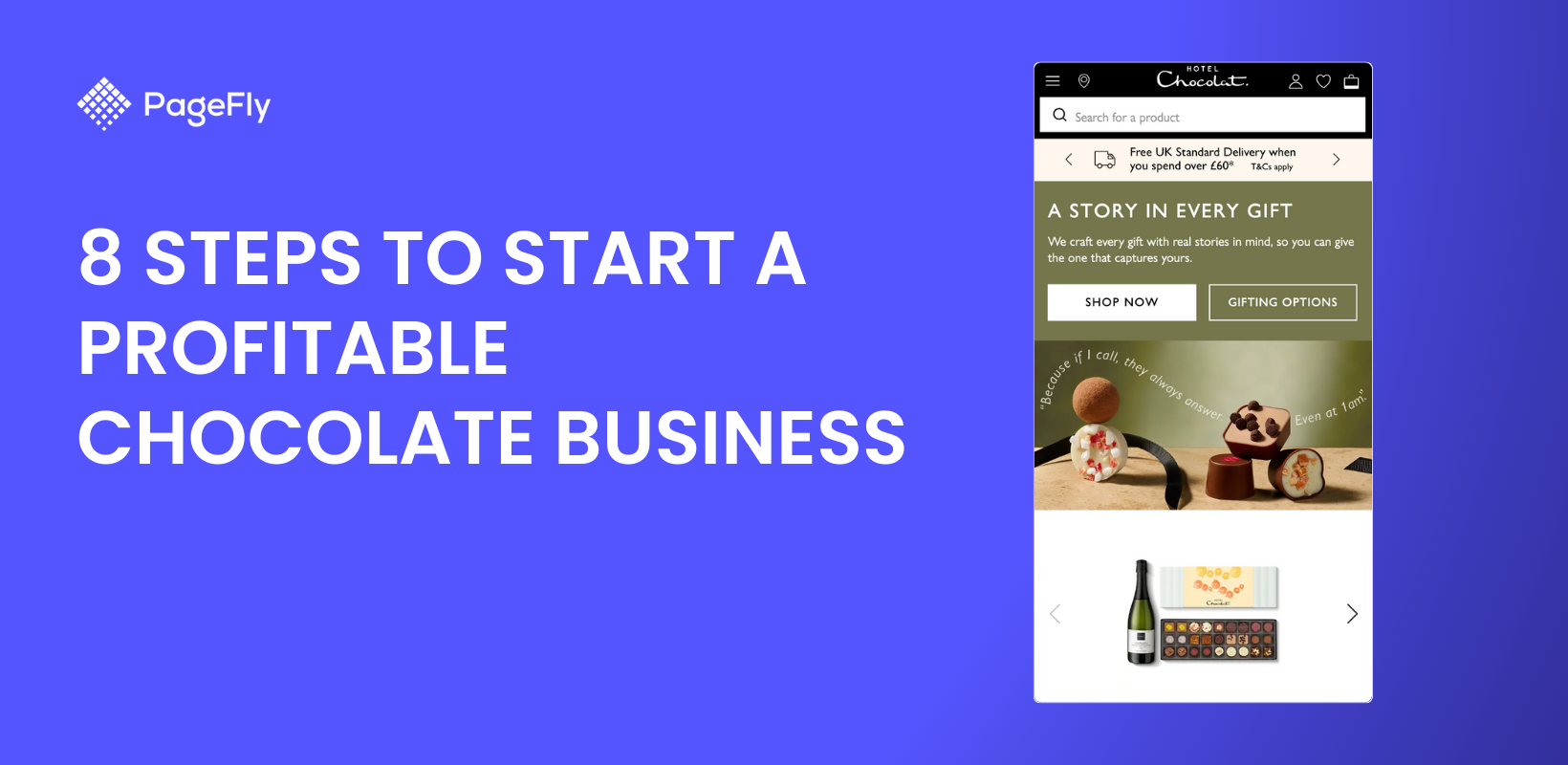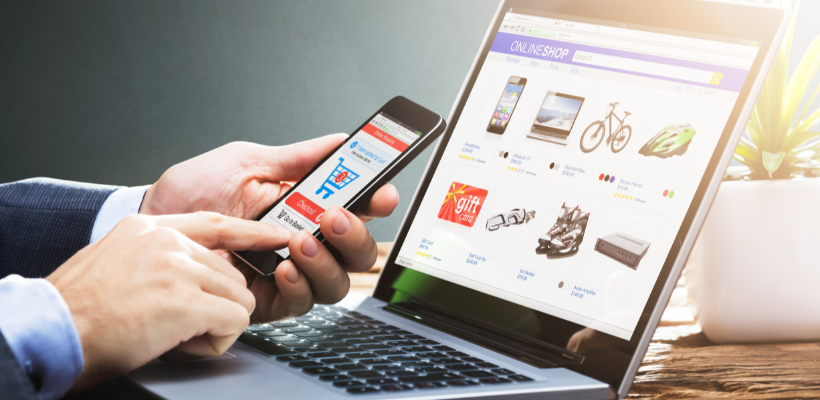This is a guest blogging article contributed by Kayleigh Alexandra at Micro Startups
COVID-19 is having a profound impact on all of our lives. Whether it has affected our livelihood or physical and mental health, the boundaries of normality have sahifted. As a result, the business world is facing a seismic shift in consumer behavior.
As people get cozy at home, brick and mortar stores are being driven to the web. Even compared to pre-pandemic rises in online sales, ecommerce has been gifted streams of traffic in the wake of COVID-19. And with uncertainty playing a role in people’s confidence, a speedy return to the high street looks tentative at best.
However, there is no guarantee that success online is a given for your business. The coronavirus has changed the game and there is a larger spotlight on your services. With changes in customer needs, comes a set of new criteria your business must meet to survive on the web.

“Since social distancing has become a way of life, the number of online shoppers in New York, specifically, has increased by 37 percent since the beginning of March 2020.”(Klaviyo)
Read on to see how business leaders will have to adapt to new customer needs and come through with engaging eCommerce customer experience post COVID-19.
Not sure where to start your eCommerce journey, check out:
I. A trustworthy website is a must
Established marketplaces like Amazon and Etsy have been fulfilling online orders long before the outbreak. While many smaller businesses are making the transition here and now.
1.1. Why an effective website guarantee engaging ecommerce customer experience post COVID-19
Websites are your shop window to the world. So don’t be oblivious to the importance of clear web design. The consumer is known to be notoriously flighty when handing money over the internet, especially with sites they have never used before. In fact, 9% of online sales are lost annually due to security concerns. And with the external issue of COVID-19 added to the mix, those who would traditionally avoid online purchases need an even bigger injection of confidence.
The best ecommerce sites are stripped of pomp and fluff, ensuring they are efficient and simple to navigate. First impressions count big time, you wouldn’t enjoy visiting an uninviting store on the highstreet: Why should the web be any different? Everything on the homepage should be there for a reason. Avoid convoluted bursts of creativity and stick to the basics.
To help bolster consumer confidence, it helps if smaller businesses use professional templates and avoid the muddles of intricate coding. Therefore, store builders are always a good option. All the major store builders are secure, giving you and customer certainty that they'll deliver what you want. Additionally, you can integrate a variety of payment methods, making the checkout process as streamlined and hassle-free as possible.

Does this product page look trustworthy to you?
1.2. How you can build a website that converts sales post COVID-19
You’ve built a new functional site. Now its time to put it to use by optimizing your page to convert people into paying customers.
In the midst of COVID, online sales jumped up by 32.7% in May. So, there’s more noise on the internet than ever before. And that means lots more potential visitors to your website. But undoubtedly they will need nudging in the right direction. And the purpose of an ecommerce site is to motivate customers into buying what you’re selling.
However, converting sales is not as clear cut as current statistics have you believe. While online usage is indeed enjoying massive growth, overall sales have experienced a steep decline. Simply put, people are being forced online, yet don’t have the economic assurances which spur them on to make purchases beyond what’s absolutely necessary.
Not convinced? Let me elaborate. The UK based grocer Tescos witnessed a £524 million upturn in grocery sales in April, compared to the same month in 2019, whereas fashion retailer Urban Outfitters has seen a decrease in sales during the same period of time. Thus showing unless you're selling food or medicine, your business has to rely on more than just a website.
As per popular funnel models, your website should be paired with an effective marketing strategy to build up brand awareness. The theory is straightforward and linear: Awareness, view products, add to cart, then purchase. By feeding traffic through your marketing efforts and into your site, you maximize the chance of a sale.
But COVID has flipped the script, sales efficiency isn’t where it counts anymore. Consequently, awareness strategies at the top of the funnel are becoming most important. With people less likely to buy anyways, as a business owner you need to focus on awareness. The more people coming in the better.
To have the best chance of turning the web surfer into a customer post-COVID is to develop a simple site in tandem with enticing marketing campaigns. And the best way for a small business to get their voice heard on the internet is to use social media.
Try telling your story on platforms like Instagram and Twitter, then link through to your sales pages. We circle back to the idea that the more refined and simple something is, the more it’ll be used. Show apathy to the world’s needs and create an aura of simplicity to contrast with the complication of life right now. This strategy, not only propels better customer experience but also helps you get the best preparation for Revenge Spending Post-covid19.

The path toward Revenge spending (source: Good Rebels)
II. A reliable delivery system
Takeaways to clothing halls, online orders are increasing exponentially across the board. And deliveries are becoming a cause of worry. Whether its because shipments going unfulfilled, as shown through 47% of online orders being affected in the UK alone. Or by throwing up concerns around spreading the virus down the chain and onto our doorsteps.
2.1. Why delivery is important to the customer experience post COVID-19
Supporting local businesses and investing in the community is all well and good, but customers will need to see the goods at some point. We have grown accustomed to the lofty heights of Amazon Prime and next day delivery. When it comes to shipment issues, customers tend to have very little patience, thus,
Transparency and speed are key. Some independent florists have found popularity through bypassing clogged delivery chains; either by delivering flowers themselves or getting customers to pick up orders, with social distancing measures in place. That way, for locals, even same-day delivery can be possible.
Also by dealing with deliveries yourself, you are able to articulate to the customer exactly how carefully their order has been handled. For example: wearing masks, gloves, and washing hands. All simple stuff that goes a long way to easing customer concern and overall more engaging customer experience.
While putting a little extra effort into the delivery process will score you big brownie points with the post-COVID consumer. There’s no need to place all the burden on yourself.
Burning the candle at both ends can lead to numerous reliability issues. Therefore, developing an effective delivery system is about striking the perfect balance between timeliness and safety. Or in other words — finding Goldilocks porridge.
2.2. How your business can streamline the delivery process post COVID-19
Handling everything yourself isn’t always the safest or most efficient method, particularly if you cannot guarantee sales in your local area. If you’re in the retail game, there’s a good chance you will be able to pivot your business into a fulfillment model.

What is Order Fulfillment
The business practice refers to a refined shipment process, where sites are fully set on streamlining shipping and arrival. But there are many approaches you can take, finding an option that best suits your business can be tricky.
A smaller business might consider dropshipping methods, which let you bypass inventory by dealing directly with suppliers. Dropshipping is perfect for beginners in the online world as your role is simplified to selling. But most importantly you can rely on industry-recognized suppliers to deal with deliveries.
By building a relationship with suppliers, you can guarantee sufficient stock and necessary safety precautions that put customers at ease. However, with that in mind, make sure you trust your supplier will get the job done. Should a mistake be made, the customer will lay the blame at your door.
Providing a satisfying and safe delivery system is vital in gaining consumer trust. If you can’t guarantee that then customers will vote with their feet — or should I say cursor?
III. A human approach to the digital world
For the customer experience post Covid-19, constructing loyalty is just as important as everything else. If you want to see people returning to your service again and again, your business must go the extra mile to stand out amidst the billions of sites out there.
3.1. Why is the human approach key in the customer experience post-COVID-19 world?
During the pandemic, businesses have — and continue to be — people’s major points of interaction with the outside world. And like any long-distance relationship, B2C interaction has to be managed with a high level of communication and a nurturing hand.
Previously ecommerce businesses could get away with being a little cold and aloof, but with the closure of brick and mortar stores, the online world has to pick up the social slack.
Being online doesn’t provide an excuse to neglect people, take the opportunity to practice better customer care. Be honest about possible issues, even give customers a call so they can put a voice to the virtual interface. It’s the little things that go a long way.
Some businesses like breweries have been prioritizing deliveries to local residents in order to establish a close-knit community.

(Source: Gracey Zhang)
3.2. How your business can take a more human approach to customer interaction
As our businesses slip further apart from the community than ever before, keeping the customer front and center is vital to maintaining success. Mistakes will be made and conversation needs to be had, that will never change.
If you can go the extra mile and bridge the gap between business and customer, then you are well on your way to becoming the approachable business the COVID customer yearns for.
Your business must aim to become more customer-centric and the main factor to consider is how to simplify the customer service experience. No matter how picture-perfect your business might be, people will need to contact you for returns, complaints and general inquiries. But if that process isn’t as smooth as it should be, you can bet the customer will never be returning.
Think of the situation from a consumer point of view. They are effectively handing money over to a monitor, not a smiling shopkeeper. Aside from a snazzy website, they have no assurance they’ll get what they paid for.
Boosting customer service starts with a simple confirmation email and leads into the complaints process. Whenever a customer contacts you must be two things: helpful and responsive.
And to really tackle both ‘must do’s’ head-on then establish a presence across a multitude of platforms — from Instagram to Gmail — as to make you more contactable. Don’t hide away from difficult questions, take them on, and gladly host a conversation.

Live chat is incredibly helpful in obtaining excellent customer experience post-covid19 (Source: FinancesOnline)
If you're worried about keeping track of conversations then integrate software packages like LiveAgent into your system. Live Agent blends all customer interaction into one interface regardless of the source the message was sent from. Therefore you can track the progress of your interaction and make sure no customer is ever forgotten about.
Either way, customer service is one of the most important factors in obtaining excellent customer experience post-COVID-19. But tech can’t do it all for you, make the extra personal effort, and reap the benefits.
Read more:
- How to score Shopify Success during and Post Covid-19
- A Practical Guide To Learn From Top 100 Best Shopify Stores
Covid-19 has simultaneously altered customer shopping habits alongside commerce as a whole. Trade has been heading digital for a while, but now there is no going back. If your business isn’t online now, then I implore you to take the leap or get left behind.
--
About the Author:
Kayleigh Alexandra is a writer for Micro Startups, your online destination for everything startup. She's passionate about hard-working solopreneurs and SMEs making waves in the business world.
Visit the blog for your latest dose of startup and charity insights from top experts around the globe @getmicrostarted.









![14 Profitable Small Food Business Ideas for 2025 [Real Numbers]](http://pagefly.io/cdn/shop/articles/1_58b587d2-13db-4aa6-8c19-e40f5c88d3eb.jpg?v=1758255771&width=4460)
![Art Business Names: 350+ Ideas + Free Generator [2025 Updated]](http://pagefly.io/cdn/shop/articles/art_business_name_e94a54e9-d325-4ba3-94ab-7b4297952312.png?v=1760062968&width=1640)







